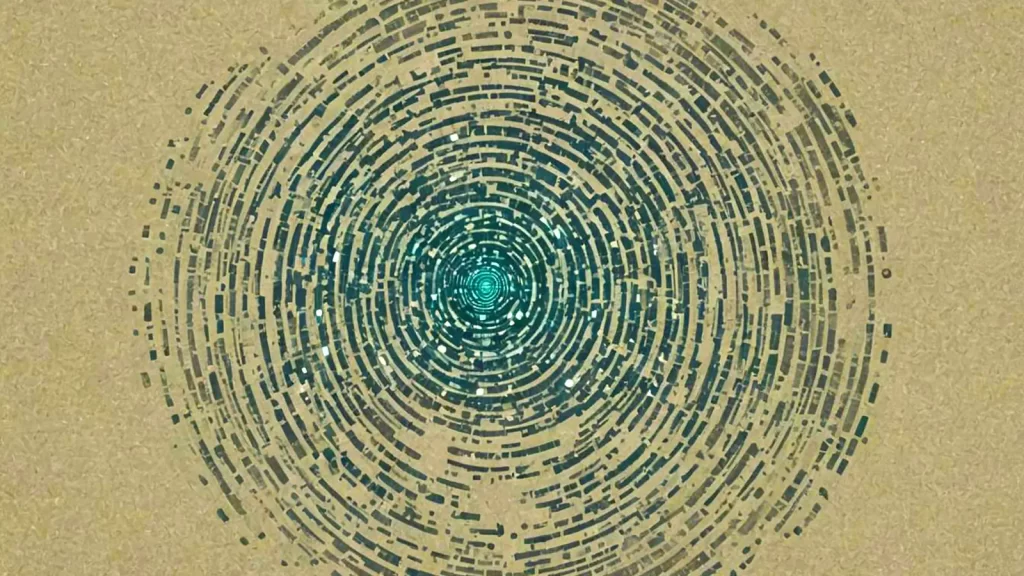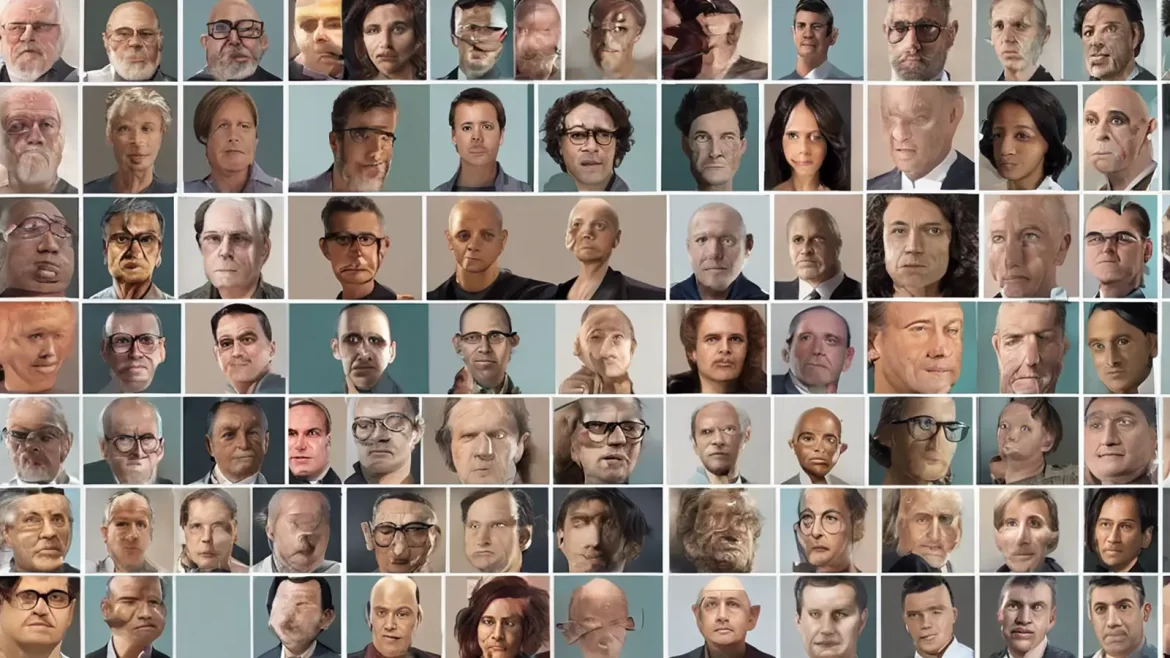Deepfake AI creates convincing images, videos, and audio by swapping faces or voices, posing risks to online photo editors and face swapping videos. It uses generative adversarial networks to build and refine realistic fake content that appears to come from trusted sources.
Deepfake videos can map fake audio to original footage or swap faces onto different bodies, enabling misinformation campaigns and fraud targeting your photos, videos, and even voice recordings.
Deepfake Attack Vectors
Deepfake Threats to Biometric Authentication
Deepfakes pose a severe threat to remote identity verification systems, as they can create highly realistic synthetic content capable of fooling both humans and some identity verification solutions. Studies show that even trained forensic examiners perform worse than AI-based detection algorithms in identifying deepfakes. While biometric face verification has emerged as the most reliable method for remote identity verification, deepfakes can compromise it by replicating real faces, voices, and other static biometric data used for identification.
- Static Biometric Data Vulnerabilities
- Deepfakes can take advantage of static biometric data like facial features and fingerprints that don’t change over time, allowing them to be easily copied.
- They can replicate vocal tones and use AI-generated voices to bypass voice-activated security systems.
- Facial recognition systems are relatively easy for deepfakes to beat, as they rely on static facial data.
- Biometric Authentication Attack Vectors
- Presentation attacks involve using fake images, videos, or 3D masks to trick biometric sensors.
- Injection attacks manipulate the data stream between the sensor and authentication system, making them harder to detect.
| Attack Type | Description |
|---|---|
| Presentation Attack | Presenting a fake image, rendering, or video to a camera or sensor for authentication, such as a 2D image, 3D mask, or replay of a captured video. |
| Injection Attack | Manipulating the data stream or communication channel between the camera/scanner and the authentication system, similar to a man-in-the-middle attack. Injection attacks using AI-generated deepfakes are 5 times more common than presentation attacks and can defeat popular identity verification (IDV) and Know Your Customer (KYC) systems. |
Deepfake technology uses Generative Adversarial Networks (GANs) to create content that appears highly realistic but is manipulated or fabricated. Indications of fabricated audio/video include inconsistencies in background noise, emotional tone, speech patterns, lip sync, facial expressions, and video/audio quality.
Deepfake Risks and Threats
Key risks and threats of deepfakes include evasion of authentication systems, impersonation, forging fake documents, reputational damage, and fraudulent customer interactions. Many deep learning-based algorithms for creating deepfakes are already available on open source repositories, posing a threat as they require minimal technical skill to apply. Gartner analysts predict that AI-generated deepfakes will cause 30% of companies to lose trust in facial biometric authentication solutions by 2026.
Current Countermeasures
Liveness Detection Techniques
Liveness testing is a crucial countermeasure against deepfake attacks, involving active and passive checks to verify if the biometric data is from a live, genuine source. Active liveness checks require the user to perform specific actions like blinking, nodding, or reading prompts aloud, while passive checks analyze involuntary signals like eye movements, lip patterns, and micro-expressions.
Multi-Factor Authentication and Encryption
Organizations must implement a comprehensive identity and access management strategy, prioritizing advanced security measures like encryption, access controls, and adaptive authentication for high-risk assets vulnerable to deepfake threats. Protecting multi-factor authentication (MFA) and password recovery processes from injection attacks is crucial, as these are primary vectors for deepfake infiltration.
Multi-Layered Defense
A multi-layered approach combining presentation attack detection (PAD), injection attack detection (IAD), and image inspection is necessary to counter the sophisticated threats posed by AI-generated deepfakes. Supplementing video calls with verified digital credentials on a blockchain can create a secure, tamper-proof system for verifying digital content.
Continuous Monitoring and Updates
Continuous monitoring and behavior analysis of biometric data streams are essential to detect anomalies that may indicate deepfake attacks. AI models used for detection must be continuously updated with fresh data on the latest deepfake techniques to stay ahead of rapidly evolving threats.
User Awareness and Training
Raising user awareness through employee training programs on identifying deepfake risks, restricting access to sensitive information, and being cautious about online information sharing can help mitigate the human element of deepfake vulnerabilities.
Emerging Technologies
Researchers are developing AI-driven detection systems, enhancing biometric algorithms, and exploring methods to detect both machine-generated and human-created fake images and videos, but these efforts are still lagging behind the rapid progress in deepfake creation. The U.S. government and organizations like DARPA are also working on deepfake detection and countermeasure technologies.

Emerging Defenses
Advancements in Biometric Security
Researchers and security experts are actively developing new techniques to combat the threat of deepfakes and protect biometric authentication systems. Some emerging defenses include:
- Liveness Detection Algorithms: Advanced algorithms are being developed to detect deepfakes by checking for physiological signs of life, such as blood flow and heart rate. These algorithms can help distinguish between real biometric data and synthetic deepfake content.
- Action-based Security Measures: Instead of relying solely on static biometric data, new authentication methods require users to perform unique actions or gestures, making it more difficult for deepfakes to replicate.
- Integration with Deepfake Detection: Biometric security systems are being integrated with deepfake detection programs, enabling real-time monitoring and flagging of potential deepfake attempts.
Regulatory and Industry Efforts
Recognizing the growing risks posed by deepfakes and generative AI, global regulatory bodies and industry organizations are taking steps to address these threats:
- Government Initiatives: The U.S. White House has issued an Executive Order on Enhancing the National Quantum Initiative Program, which includes provisions for combating deepfakes. Similarly, the European Union’s proposed AI Act aims to regulate the use of AI systems, including measures to mitigate deepfake risks.
- Cybersecurity Strategies: Leading cybersecurity firms and experts are leveraging AI and machine learning technologies to develop advanced deepfake detection and defense mechanisms. These strategies include:
- Analyzing audio and video content for inconsistencies, artifacts, or anomalies characteristic of deepfakes.
- Implementing media authenticity verification using digital signatures, watermarks, and blockchain technology.
- Real-time monitoring of social media and online platforms to flag potential deepfake content for review.
- Ongoing training of AI and ML models on large datasets of known deepfakes to enable recognition of new, previously unseen variations.
Government Agency Guidance
Recognizing the severe implications of deepfake threats, U.S. government agencies like the National Security Agency (NSA), Federal Bureau of Investigation (FBI), and Cybersecurity and Infrastructure Security Agency (CISA) have issued new guidance to help organizations defend against deepfake attacks. The guidance highlights the following recommendations:
- Implement Verification Technologies: Organizations should adopt technologies for real-time verification, passive detection, and protection of high-priority officers and communications vulnerable to deepfake impersonation.
- Information Sharing and Planning: Sharing information about deepfake threats, planning and rehearsing response strategies, and providing personnel training are crucial to minimize the impact of deepfake attacks.
- Protect Critical Assets: Deepfake techniques can undermine an organization’s brand, impersonate leaders or financial officers, and enable access to networks and sensitive information through fraudulent communications. Protecting these critical assets is essential.
The battle against deepfakes illustrates the importance of ongoing research and innovation in this critical field. As deepfake technology continues to evolve, so too must the defenses and countermeasures employed to protect against these emerging threats.
Conclusion
The rapid evolution of deepfake technology has exposed significant vulnerabilities in biometric authentication systems, posing a severe threat to online identity verification and security. While current countermeasures like liveness detection and multi-factor authentication provide some defense, the sophistication of AI-generated deepfakes necessitates a multi-layered, proactive approach. Continuous monitoring, user awareness, and collaboration between researchers, industry experts, and regulatory bodies will be crucial to stay ahead of these emerging threats.
Organizations must prioritize implementing advanced deepfake detection and protection measures, while also encouraging dialogue and knowledge sharing on this critical issue. Share your thoughts on the deepfake menace and potential solutions in the comments below. Combating the invisible menace of deepfakes demands a collective effort to safeguard digital identities and maintain trust in online authentication systems.
FAQs
Can deepfakes compromise biometric security systems?
Yes, deepfakes can indeed compromise biometric security systems. Cybercriminals can utilize automated software, typically used for application testing, to manipulate the authentication process. By injecting a fake fingerprint or face ID into a system, they can bypass security measures and gain unauthorized access to online services.
In which locations is the creation or distribution of deepfakes prohibited?
Deepfake technology is banned in certain jurisdictions due to its potential for misuse. For instance, South Dakota has passed legislation making it illegal to possess, produce, or distribute AI-generated sexual abuse material that depicts real minors. Similarly, Louisiana has a law criminalizing the creation of AI-generated sexually explicit depictions of minors.
What are the cybersecurity threats posed by deepfakes?
Deepfakes pose significant cybersecurity threats as they can convincingly mimic a person’s voice, face, and gestures. These AI-generated tools enable the dissemination of disinformation and fraudulent messages with unprecedented scale and sophistication, making such frauds extremely difficult to detect and counteract.
Is it illegal to swap faces in images or videos?
Generally, face swapping in images or videos is not illegal. People have been creating altered images, such as photoshopping a friend’s face onto a meme or impersonating a celebrity in a video, for many years without legal repercussions. However, the context and intent behind the alterations can influence the legality of such actions.
References
https://www.techtarget.com/whatis/definition/deepfake
https://www.iproov.com/blog/deepfakes-threaten-remote-identity-verification-systems
https://cybersecurity-magazine.com/can-deepfakes-beat-biometric-security/









